How to: Impact mapping
There are many tools you can use to help you take your great idea and get started on it, (User Story Workshops, Story Mapping, Value Proposition Canvas, Business Model Canvas, simply making a backlog of things to do...) however we want to share yet another tool called Impact Mapping.
Impact mapping is a strategic planning technique designed to clearly communicate assumptions of your product or service’s interdependent, dynamic relationship with people, other projects, the supporting organisation and the wider community around them.
Why we like impact mapping
It’s fast! In very short order you can turn your idea into needed features. Because of this it fits nicely with iterative/adaptive development methods.
It’s a team-building event. Impact mapping facilitates collaboration and participation of groups of people from different backgrounds, including technical delivery experts, business users, helping organisations use the wisdom of crowds. If the whole team is involved in an impact mapping session, we can gel as a team around the big-picture solution.
Assumptions are visualized, and as a result we see organizational alignment around this Big Picture!
What is an impact map


Quite simply, an impact map is a mind map created by the team during a discussion by answering these questions:
The impact map begins with the “Why”
What’s the goal we’re trying to achieve? Why are we creating this Product or Service?
Branch 1 is “Who?”
Who can help with this effort? Who can block this effort? Who are users or consumers? Who is impacted? This is where we capture the realm of players who influence the outcome of what we’re building.
Branch 2 is “How?”
Here is where we link the players from the “who” branch to the perspective of our business goal. How would the player’s behavior change to help us meet the business goal? How would our players help us achieve the business goal? How can they prevent or obstruct us from succeeding?
Branch 3 covers the Scope: “What?”
On this branch we answer the following question: What can we do, as an organisation or a delivery team, to support the required impacts? These are the deliverables, features and organisational activities we have to do to achieve the business goal.
Here’s the visual for the structure. Notice also the relationship of the impact map to User Stories:
As a (Player)I want (the “what”)so that I can (“how”)And here’s an example of an impact map from a retail outlet which sells clothing both on-line and in their local shop. They want to increase their customer base by 100%. While the initial results indicated four major efforts (rating customer happiness/sadness, a reward based program to recommend the store to others, a new Android application, and existing web site optimization) they’re going forward with just two: the recommend & reward program, and rating customer happiness.
Note it’s important to measure along the way, and since we began with the “why” (the business goal to increase the customer base), this is something we can measure as we deliver on the scope, and adjust our plan along the way accordingly.
Please give impact mapping a try and let us know how it works for you! While any mind map software can be used, we prefer starting out with pen and paper and sticky notes, or even a nice clean whiteboard.
References

